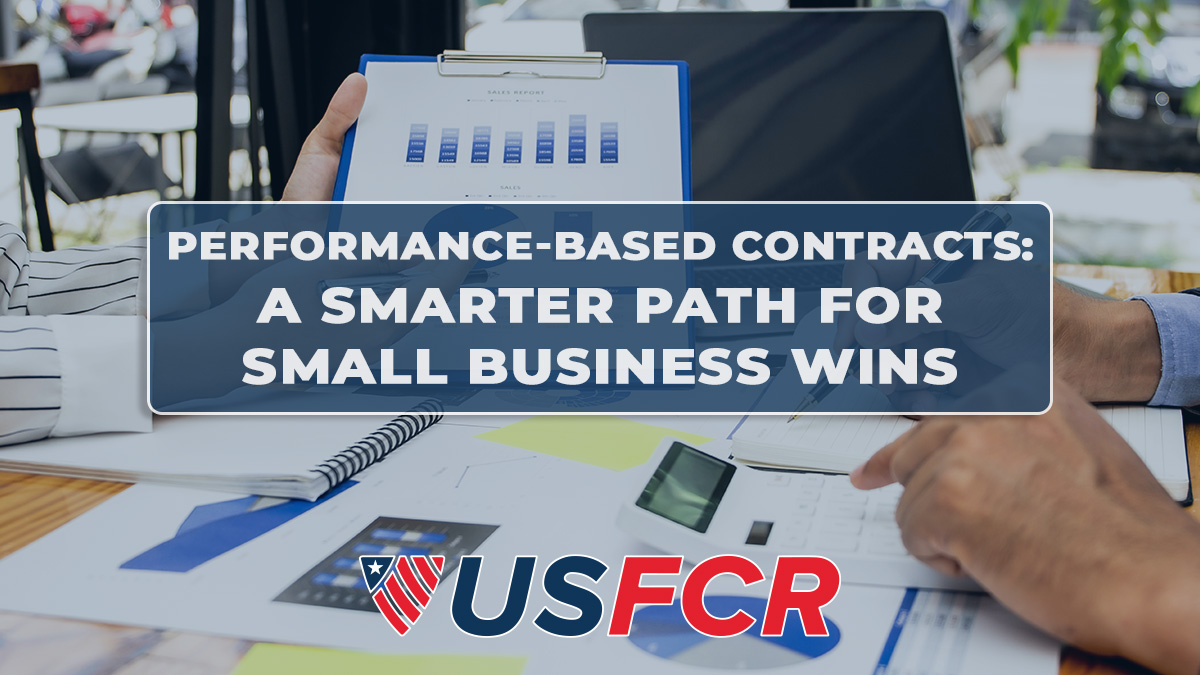The U.S. government isn’t launching its own cryptocurrency anytime soon, but it’s already testing and applying blockchain tools across public finance, supply chains, and emergency response. From the state of Wyoming’s own stable token to Navy pilots for parts tracking, crypto isn’t a theory anymore. Its infrastructure is in progress.
Even with political resistance to a central bank digital currency (CBDC), agencies are actively exploring how token-based systems can improve transparency, speed, and verification. These programs aren't just technical experiments. They shape how money moves, how contracts get fulfilled, and how data is trusted.




.png)





